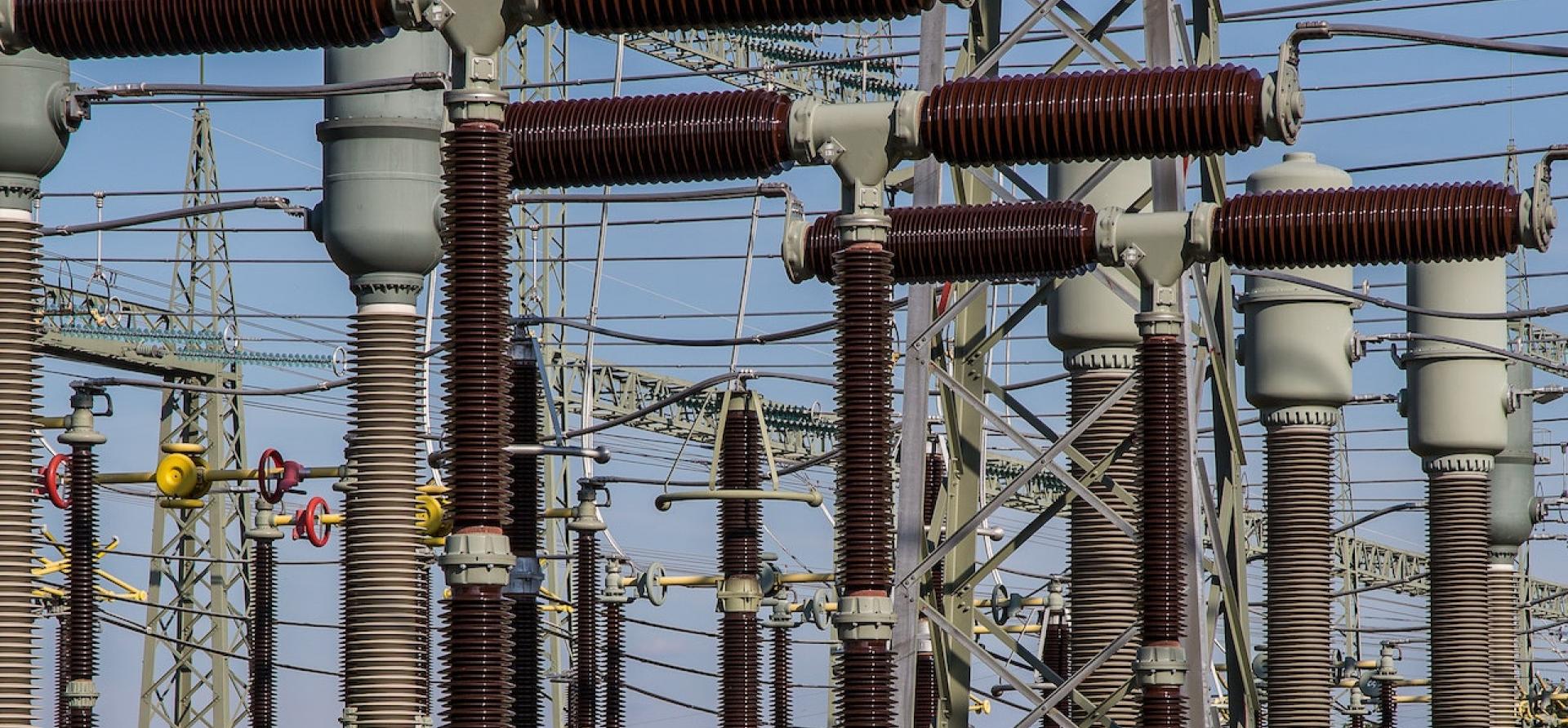The New Development Bank and its role in BRICS renewable energy targets
Download Full Report

Key Findings
After being founded in 2013, NDB has made the first round of loan advances – one loan each to its member states. The loan book size has grown to US$911mn.
NDB’s objectives reflect the broader goals of the BRICS countries themselves. As a group of developing countries that are at various stages of development, one of the key thrusts of the BRICS countries is on infrastructure development, especially to meet their growing electricity needs.
Going ahead, NDB plans to expand its loan book by an estimated US$1.2Bn annually over the next three years.
Executive Summary
The BRICS Forum, consisting of Brazil, Russia, India, China and South Africa, has resulted in the establishment of the New Development Bank (NDB), set up to fund infrastructure projects in developing countries and promote sustainable development. NDB’s objectives are in line with the BRICS countries’ own development goals, with an increased focus on sustainable development, manifested in their Intended Nationally Determined Contributions (INDCs).
The BRICS countries, in order to achieve their INDC targets, have plans to source a much higher proportion of their electricity requirements from renewable sources. As a group, the BRICS nations have plans to raise their total installed renewable capacity, including large hydropower, to 1251 gigawatts (GW), over varying time horizons to 2020-2030. Within the BRICS group, China and India have remarkably large renewable capacity addition goals, with China targeting to add 253GW by 2020 and India targeting to add 138GW by 2022.
The cumulative average requirement of investment to achieve BRICS countries’ capacity addition targets is US$177Bn annually. In comparison, these countries witnessed a total investment of US$126Bn in the renewable energy sector in 2015 – a shortfall of US$51Bn. Excluding China, the other four BRICS countries require an average annual investment of US$52Bn. However, in 2015, these countries witnessed an investment of US$23Bn – less than half the required amount.
There is a large amount of private funds available globally to help bridge this investment gap. However, there are a number of barriers, like higher real and perceived risks in developing countries, lack of relevant data points of successes and failures etc, that impede the flow of private finance into the renewable energy sector in developing countries. In this scenario, public funds can act as catalysts to channel private funds into this sector through Blended Finance mechanisms.
Under Blended Finance, it is estimated that public funds can catalyze about 4 times private investment in the clean energy initiatives in the BRICS countries. This implies that there is a requirement of about US$10Bn of public funds to catalyze private funds of around US$41Bn, in order to bridge the annual investment gap of US$51Bn that the renewable energy sector of BRICS countries faces.
NDB has advanced loans of US$911mn till date, all of which have been extended to finance clean energy projects. However, going ahead, NDB plans to raise its loan book size by US$1.2Bn annually – only 11.7% of the annual public investment required to bridge the US$51Bn investment gap. Clearly, there is a need for NDB to accelerate its growth while continuing to focus on renewable energy projects, in order to help the BRICS nations meet their renewable energy capacity addition goals.
Please view full report PDF for references and sources.
Press release: IEEFA Global: A $51 Billion Gap (and a $51 Billion Opportunity) in BRICS Nations’ Renewable Energy Development














